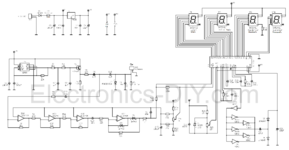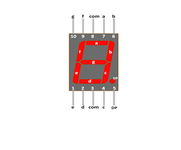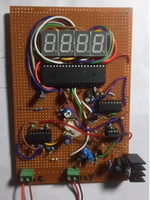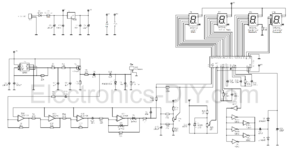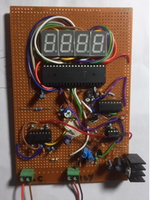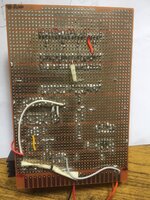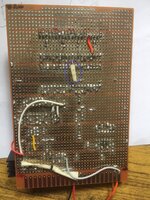pgr2002
Member level 5
- Joined
- Aug 1, 2013
- Messages
- 87
- Helped
- 0
- Reputation
- 0
- Reaction score
- 0
- Trophy points
- 1,286
- Location
- Hyderabad, India
- Activity points
- 2,015
I am attaching one circuit diagram of ESR digital meter using ICL7107. Here in this circuit the 7 segment display, 10th position is shown as "f", but actually the 10th position is "g". Which is correct. (7 segment display is common anode). Will anyone clarify regarding this and which one is correct.
Pin "9" is also interchanged in circuit diagram and the rest of the pins match.
Pin "9" is also interchanged in circuit diagram and the rest of the pins match.
